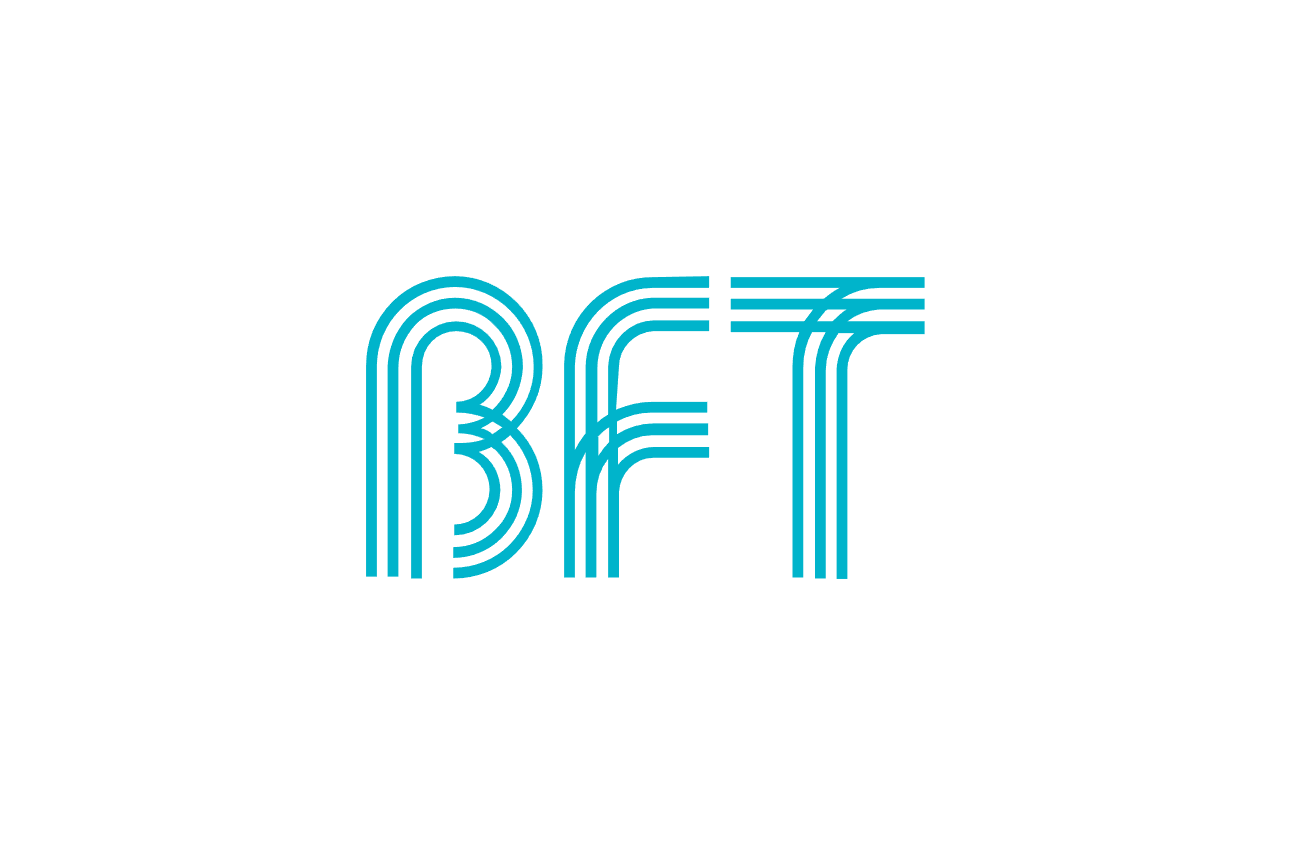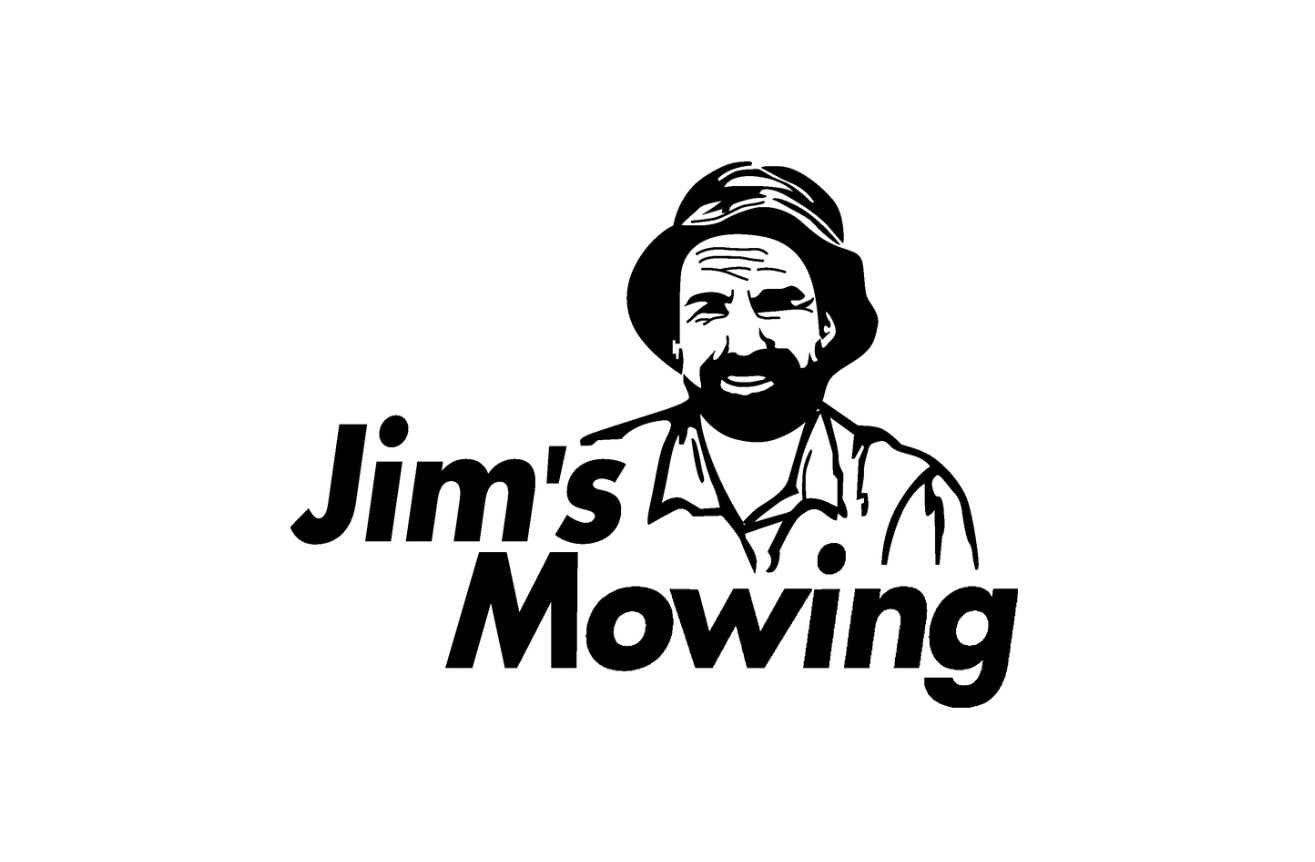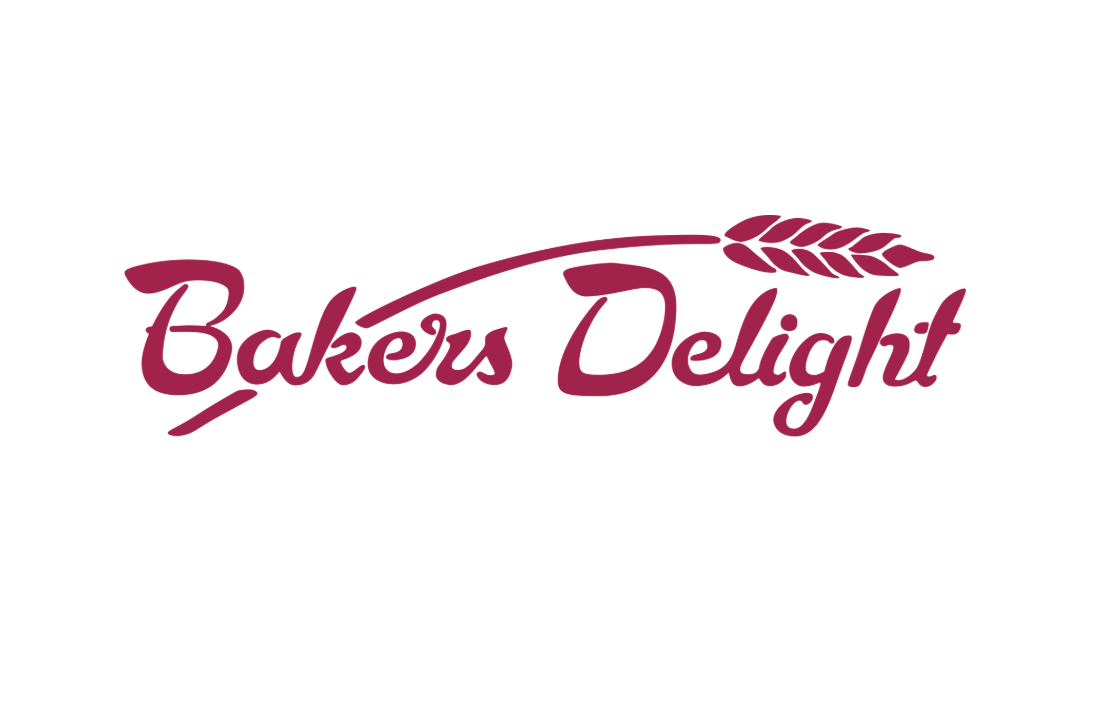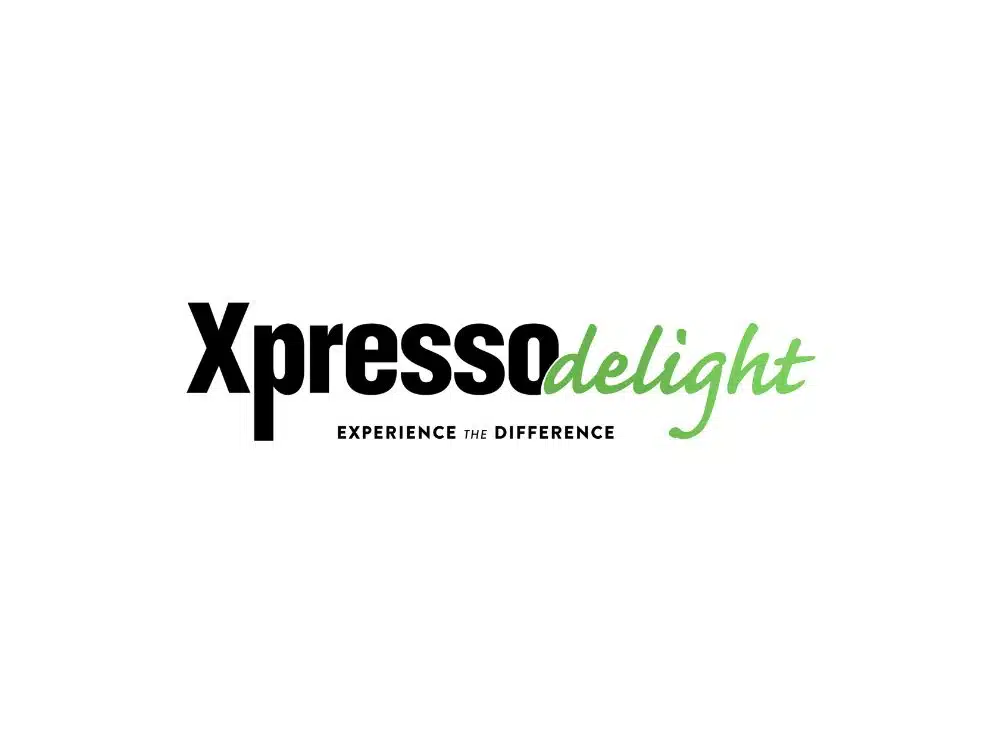Starting a franchise in Australia can be a powerful way to enter the business world with an established brand behind you. However, before you invest your time and money, it’s crucial to understand the financial dynamics involved—especially your break-even point. The break-even point tells you how much revenue your business must generate to cover all costs, helping you understand when your franchise will start making a profit. Calculating this figure correctly can make the difference between a smart investment and a risky gamble.
Understanding the Break-Even Concept
The break-even point is the moment when your total revenue equals your total expenses—meaning your franchise is not losing money, but not making any profit yet either. In simple terms, it’s the number of sales you need to make to cover both fixed and variable costs.
Fixed costs remain constant regardless of your sales. These can include franchise fees, rent, insurance, and salaried wages. Variable costs, on the other hand, fluctuate based on sales volume—things like inventory, supplies, and hourly wages. Understanding both types of costs is vital to accurately determining your break-even point.
Calculating the Break-Even Point
To calculate your break-even point in units (i.e., the number of products or services you need to sell), you can use this formula:
Break-Even Point (units) = Fixed Costs ÷ (Selling Price per Unit – Variable Cost per Unit)
For example, imagine you’re running a fast food franchise in Sydney. Your fixed monthly costs—including rent, utilities, and franchise fees—are $15,000. If you sell burgers for $12 each and your variable cost per burger (including ingredients and casual labour) is $6, then your contribution margin per burger is $6. Using the formula, you’d need to sell 2,500 burgers per month just to break even.
Break-Even Point = $15,000 ÷ ($12 – $6) = 2,500 burgers
If your business operates in services rather than product sales, such as a cleaning or tutoring franchise, the logic is the same—you just need to base your calculations on service pricing and per-client or per-hour costs.
The Australian Franchise Landscape
When calculating your break-even point in Australia, remember to consider local factors that affect cost and pricing. These include regional wage rates (such as minimum wage laws), local lease rates, utility prices, and state-specific regulatory costs. For example, a franchise operating in Melbourne’s CBD might face higher rent and salary expenses than one in a suburban area of Brisbane.
You’ll also need to factor in the initial franchise investment. Most franchisors in Australia will provide a Franchise Disclosure Document (FDD), which outlines average setup costs, ongoing royalties, marketing levies, and other financial obligations. These figures are crucial in determining both your fixed costs and the amount of working capital needed to reach your break-even point.
Monitoring and Adjusting Your Strategy
Your break-even analysis isn’t a one-time task. It should be revisited regularly, especially when you change pricing, introduce new products, or see fluctuations in fixed or variable expenses. For instance, if your supplier costs increase or wages go up due to legislative changes, your break-even point will rise unless you adjust your pricing strategy.
Franchisors often provide ongoing support with financial planning and may offer tools to help you forecast and manage your break-even targets. Taking advantage of these resources can keep your business on a stable path toward profitability.
Planning for Profitability
Knowing your break-even point is essential before launching or investing in a franchise in Australia. It offers a clear financial target and helps you evaluate whether the franchise opportunity is viable in your chosen location. By carefully calculating and regularly updating your break-even analysis, you can manage risk more effectively and position yourself for long-term success. Whether you’re new to franchising or looking to expand your portfolio, a solid understanding of your financial baseline is the first step toward building a profitable future.









